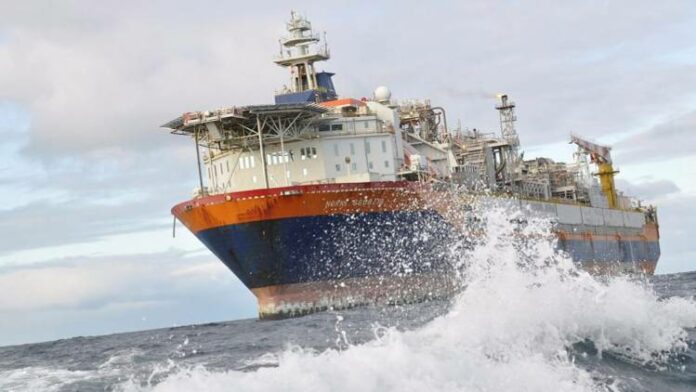Equinor has confirmed a new play and doubled the remaining oil reserves to be produced at the Norne Field with Cape Vulture, one of the operator’s latest discoveries on the Norwegian Continental Shelf.
Shutdown of the field, which began production in 1997, was originally planned for 2014; however, added volumes have extended its life to 2036, the Norwegian major said in a news release Oct. 4. The appraisal wells, drilled by the Songa Encourage rig, on the Cape Vulture discovery confirmed a volume potential of between 50 million barrels (MMbbl) and 70 MMbbl of recoverable oil and a new play on the Nordland Ridge.
“Cape Vulture came as a gift in early 2017, and it confirmed that exciting subsurface secrets still remain to be unlocked in the Norne area,” Siri Espedal Kindem, Equinor’s senior vice president, operations north, said in a news release. “Our exploration people have been scrutinizing the area for more than 40 years, and they are still cracking codes.”
The appraisal wells, located 7 km (4 miles) northwest of the field’s production vessel Norne in the northern Norwegian Sea, successfully achieved their objective of delineating two reservoir zones in the 6608/10-17 S oil and gas discovery and investigating a new zone in the Lower Cretaceous-aged Lange Formation. The wells hit oil in all three reservoir zones in the formation, according to the Norwegian Petroleum Directorate (NPD).
The NPD said appraisal well 6608/10-18, drilled to a vertical depth of 3,437 m (11,276 ft), encountered an oil column of about 15 m (49 ft) in the middle zone and a 2-m (7-ft) thick sandstone layer “with good reservoir properties” in the deepest zone.
The 6608/10-18 A appraisal well, drilled to a vertical depth of 3,114 m (10,217 ft), also had success. It struck oil columns of about 10 m (33 ft) in the upper zone and about 10 m in the middle zone.
Drilled to a vertical depth of 3,256 m (10,682 ft), well 6608/10-18 B struck an oil column of about 80 m (262 ft) in the upper zone, while a 13-m (43-ft) gas column and a 110-m (361-ft) oil column were proven in the middle zone, according to the NPD.
 Source:epmag
Source:epmag



